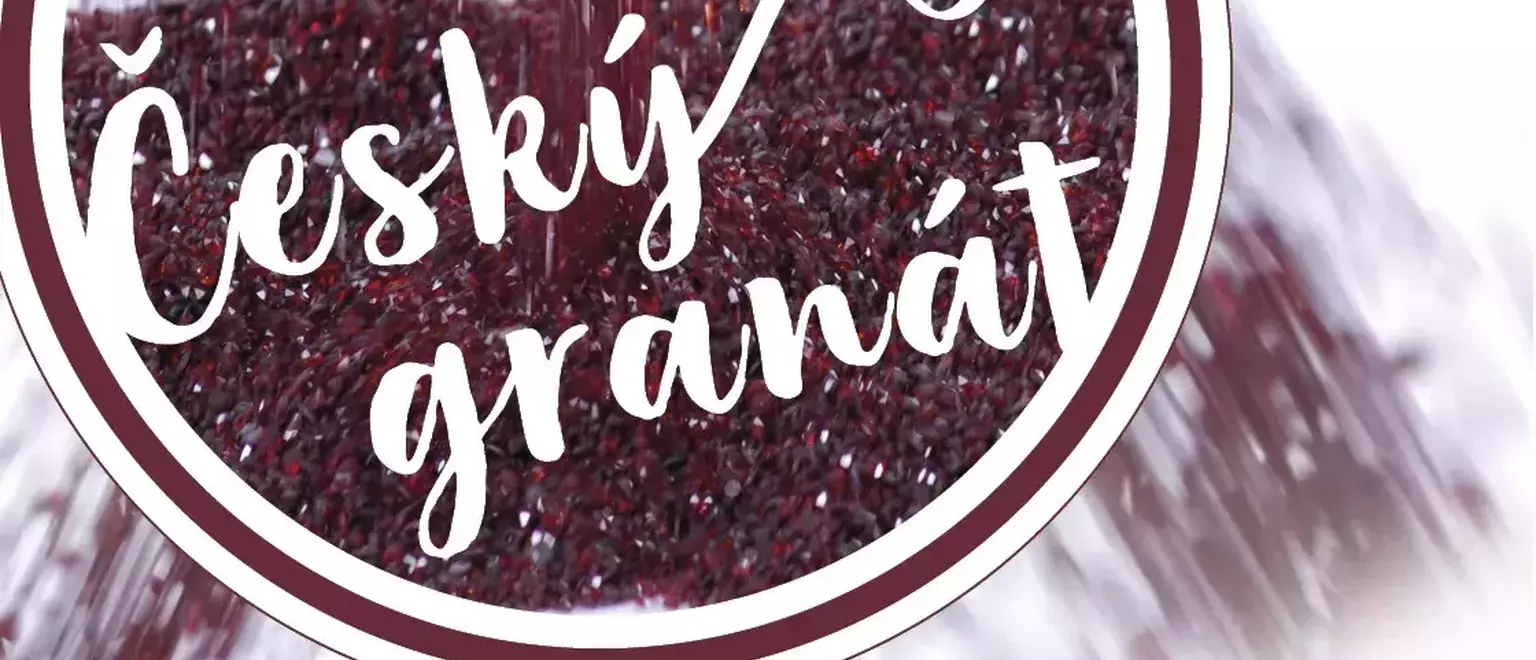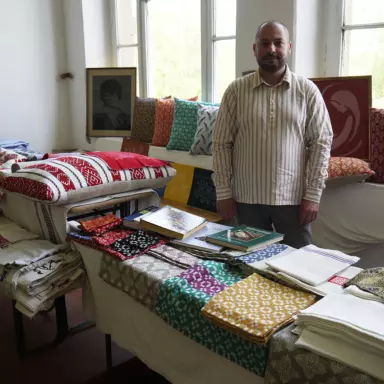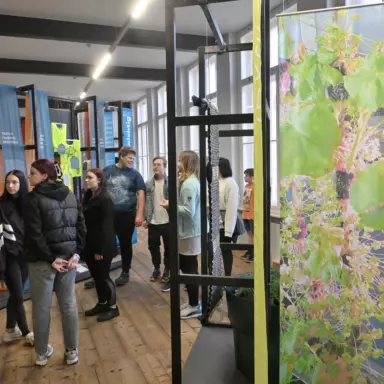It includes many mineralogical samples, but also exhibits documenting the history and present of mining and jewellery processing of Czech garnet - the mineral symbol of Bohemia. The exhibition presents the latest data on Czech garnets as minerals, but the Cooperative of Artistic Production Granat will primarily reveal what mining, cutting and jewellery processing of Czech garnets entails today. Czech garnet has been our most important gemstone for centuries. The name Bohemian garnet was first used in 1609 by the personal physician of Emperor Rudolf II. Anselmus Boetius de Boot in his book Gemmarum et Lapidum Historia. The popularity of the Bohemian garnet as a jewellery stone among the general public grew to such an extent that two hundred years later Franz Xavier Maxmilian Zippe named it the mineral symbol of the Bohemian Kingdom, and even today the Bohemian garnet as a precious stone originating in Bohemia is known all over the world. No other stone bears the designation "Czech" in its trade name and no other stone has represented our country as well as the Czech garnet. It has never stood out for its size, in fact cut stones over 5 mm are rare and over 6 mm are rare and very expensive; it has won admirers all over the world for its unique deep red colour, which can be described as blood red (in the past the term "pigeon's blood colour" was used). Czech garnet is technically called pyrope and belongs to a wide family of minerals from the garnet group. Czech garnet is therefore not the only garnet, nor is it the only pyrope, and there are many localities and occurrences with similar pyropes to those found here all over the world. The Czech deposits surpass the world occurrences by the uniform quality and colour of pyropes, which enables the use of an economically advantageous method of their extraction and processing. The name pyrope is derived from the Greek word pyropos, which means fiery. And it is as if the name characterised not only its red colour and fiery lustre, but also its origin. Pyropes, including the most famous pyropes - Czech garnets, were formed hundreds of millions of years ago in the Earth's mantle under high temperatures and pressures. It was only younger volcanic activity that brought them to the surface, where intense weathering of volcanic rocks took place, releasing the Czech garnets into the so-called pyrope-bearing gravels, which were transported with the sediments to the surrounding area. The first people discovered Bohemian garnets near watercourses, later they hand-picked them from the topsoil in the fields. The ever-increasing demand for Bohemian garnets gradually led to improvements in mining and processing methods, from the simplest methods to quarrying, which has been used since 1959 until today. The exhibition, which is the result of a collaboration between the Kittel Museum, the Museum of the Bohemian Paradise in Turnov and the Cooperative of Artistic Production Granát Turnov, will be supplemented by many mineralogical samples, as well as exhibits documenting the history and present of mining and jewellery processing of the Czech garnet - the mineral symbol of Bohemia. Not only will the exhibition present the latest data on Czech garnets as minerals, but the Granát Art Production Cooperative will also reveal what mining, cutting and jewellery processing of Czech garnets entails today. The exhibition is open daily, except Mondays during museum opening hours
The Czech garnet has long been considered the traditional Czech national stone. Its blood-red colour has attracted attention from antiquity to the present day. The exhibition we have prepared for you in the Kittel House is the result of the cooperation between the Kittel Museum, the Museum of Bohemian Paradise in Turnov and the Granát Turnov Art Production Cooperative.
The Czech garnet has long been considered the traditional Czech national stone. Its blood-red colour has attracted attention from antiquity to the present day. The exhibition we have prepared for you in the Kittel House is the result of the cooperation between the Kittel Museum, the Museum of Bohemian Paradise in Turnov and the Granát Turnov Art Production Cooperative.
Art & Exhibition
Aktualisiert am 10.03.23, 16:38 o 'clock









